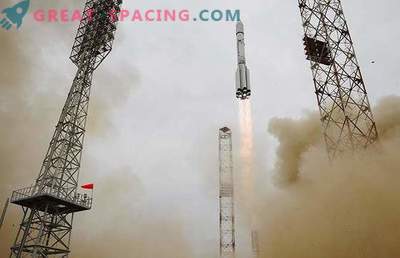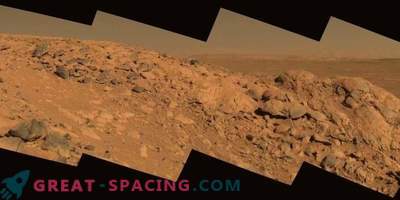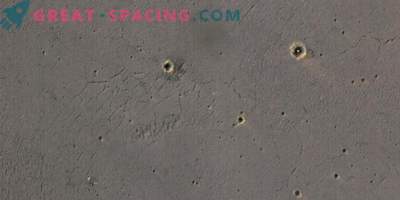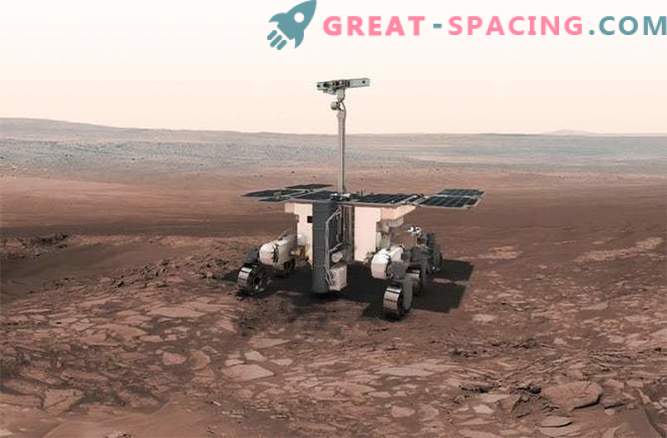
The European Space Agency officials are considering four potential landing sites on Mars for the future rover, which will travel to the Red Planet in 2018.
All potential landing sites of the ExoMars rover are located near the equator of the Red Planet, where ancient rocks could reveal the secrets of Mars’s wet past.
The ExoMars program is the result of the joint efforts of the European Space Agency (ESA) and the Russian Space Agency (Roscosmos). The program actually consists of two missions: a gas analyzing orbital satellite with a descent module, called Schiaparelli, which will be launched in January 2016 and arrive at Mars nine months later, and the 660-pound (300 kg) rover, which is supposed to leave Earth in May 2018 and land on the Red Planet in January 2019.
“The current surface of Mars is a hostile place for living organisms, but primitive life may have happened when the planet’s climate was warmer and more humid about 3.5 billion - 4 billion years ago,” said Jorge Vago, a scientist from ESA. “Thus, our landing site should be in an area with ancient sediments where liquid water was abundant. Our initial analysis clearly identified four landing sites that are best suited for the mission’s scientific goals.”
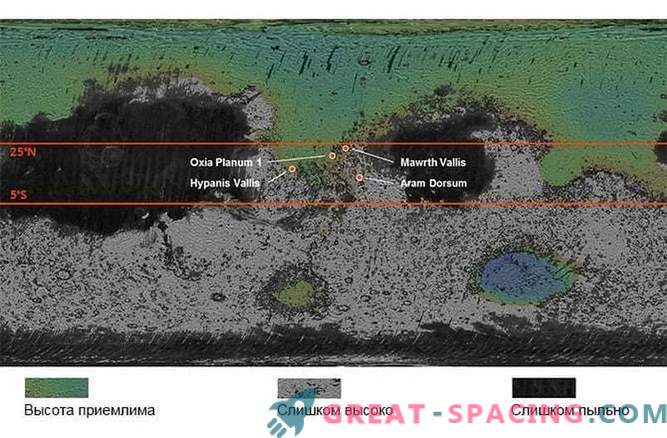
One of the four potential landing sites for the European Mars Rover. In December 2013, ESA stated that the scientific community was requested to suggest possible landing sites for the ExoMars rover. Thus, four possible options from eight offered were chosen. Now ESA has officially submitted these places: Mawrth Vallis, Oxia Planum, Hypanis Vallis and Aram Dorsum, which will be further analyzed. These next steps will include simulations of likely landing success.
Extensive rock outcrops at two of the possible landing sites - Mawrth Vallis and the nearest Oxia Planum are about 3, 8 billion years old and rich in clay-like material. Rocks that have different compositions have been eroded only for the last several hundred million years. This is relatively recent in comparison with other areas of rock on Mars, and scientists hope that the rocks are still well preserved and have not been subjected to severe radiation and oxidation.
Hypanis Vallis, meanwhile, lies on the site, which scientists believe is the remains of an ancient river bed with various fine-grained rocks, deposited deposited about 3, 45 billion years ago. Finally, the Aram Dorsum area is surrounded by rocks, which are believed to be sediments similar to those around the Nile River.
One of the four potential landing sites of the European Mars rover.


